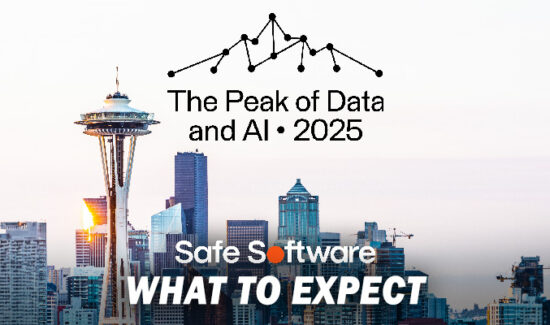2016 Gartner Magic Quadrant for Enterprise Integration Platform as a Service (iPaaS): Key Takeaways


Source: Gartner
Gartner recently released the 2016 version of their Magic Quadrant for Enterprise Integration Platforms as a Service (iPaaS). iPaaS tools are cloud-based and provide platform support to application and Data Integration projects that involve a combination of cloud and on-premise data sources. According to Gartner, iPaaS will be the integration platform of choice for new integration projects in the very near future, and from an annual revenue perspective, will leave traditional application integration suites in the dust.
The expansion in popularity of iPaaS tools is evident by the fact that the market exploded in 2015, exceeding $400 million, good for a growth rate of more than 50 percent as a whole. Some of the top solution providers even saw their revenues grow by triple digits. Though iPaas is considered the ‘Data Integration of the future’, it is possible that adoption will be hampered by a lack of standards and skills, incomplete offerings and the trouble that organizations may have federating it with legacy on-premise tools. In addition, there are sure to be security and privacy concerns with iPaaS just like there are with every other cloud-based solution offering.
This year’s report features 17 vendors, up from 16 in 2014. Gartner adjusts its inclusion criteria as markets evolve. As a result, solution providers are added and dropped from time to time. Four new providers were added in 2016, including Actian, DBSync, Oracle and Scribe Software. These four vendors’ offerings and commercial operations have evolved to a point where they have collected the minimum number of paid clients to meet the criteria. On the opposite side of the coin, Gartner has decided to drop Cloud Elements, Flowgear and Fujitsu, three vendors that were included in the 2015 report.
The leaders column is made up of five key players, with two in a class of their own. Dell Boomi is the definitive top dog in this iPaaS Magic Quadrant, touting 3,800 total clients (adding 1,500 in 2015 alone) and catering to medium and large organizations. Customers rate their experience using Dell iPaaS as above average. Not far behind on the graphic is Data Integration behemoth Informatica, a company that needs no explanation. While Dell and Informatica are on an island of their own, MuleSoft is not that far behind. The California-based vendor provides both iPaaS and traditional integration tools, and has a growing portfolio of capabilities. The leaders quadrant is rounded out by Jitterbit and SnapLogic.
The lone challenger in the 2016 iteration of Gartner’s Magic Quadrant is Adaptris, a UK-based company that offers a mature iPaaS tool with 3,000 global customers. Adaptris is accustomed to working with large enterprise companies and has a cloud solution that is very scalable.
Gartner has named five visionaries in this report, headlined by four of the biggest technology companies in the world: Oracle, SAP, IBM and Microsoft. These vendors have their tentacles in almost every sector of enterprise technology, with these providers being commonly included in many of Gartner’s other Magic Quadrant reports. The lone outcast of the group is Celigo, an integration vendor that entered the iPaaS market in 2008. Celigo offers ease of use and attention to non-specialists in integration, with customers rating the company as above average for commercial support, reliability and professional services.
Three new vendors make their debut in the niche players bracket, including Scribe Software, Actian and DBSync. Scribe Software is based in New Hampshire and offers a multitenant iPaaS solution that runs on all of the major IaaS providers as well as inside a client’s data center. Youredi is another niche player, which offers an iPaaS tool that focuses heavily on logistics and supply chain integration and has been built upon the Microsoft Azure platform. Attunity is the final vendor included in this report. Attunity is no stranger to the Magic Quadrant, as they are represented in a variety of industries and offer tools which satisfy companies in many verticles.
Read Gartner’s Magic Quadrant.
Widget not in any sidebars




















